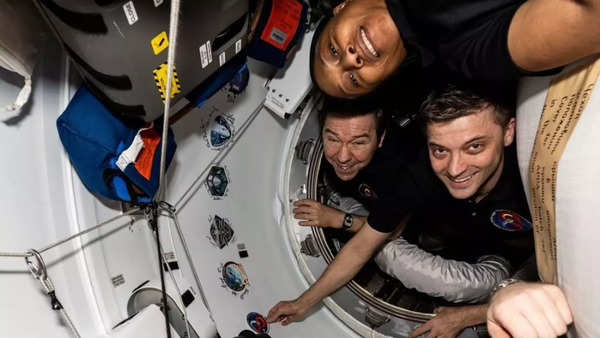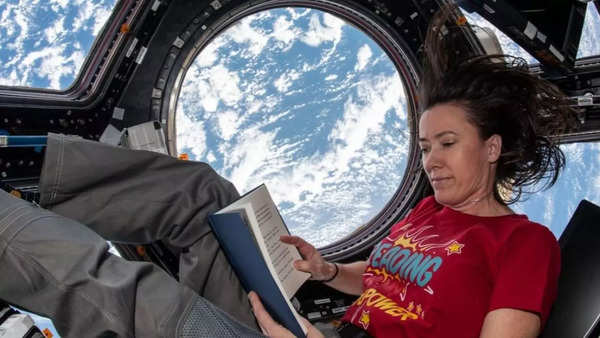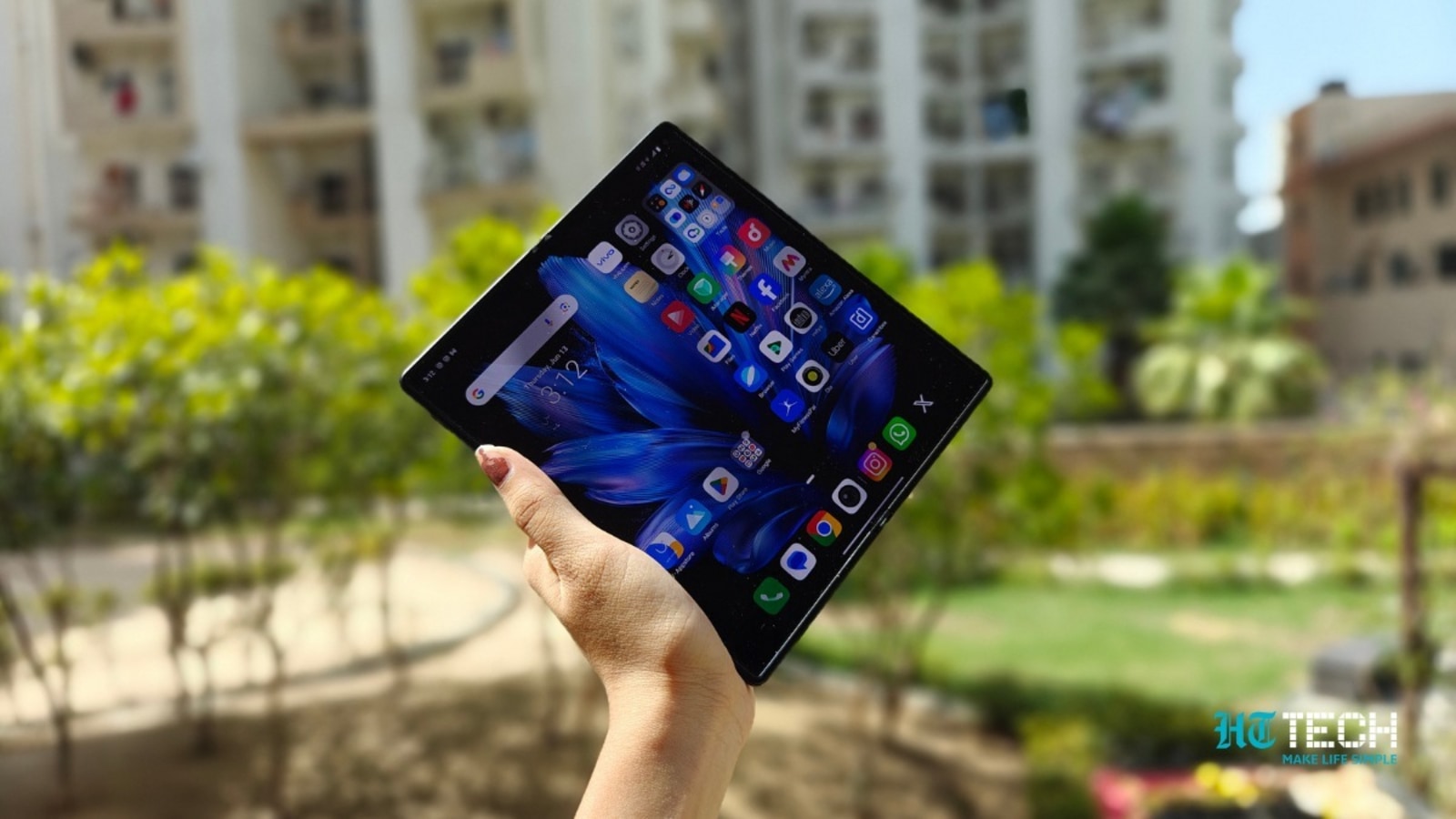Life aboard the International Space Station might sound luxurious, cool and interesting. While the latter stands true, the astronauts would like to differ on the ‘luxurious and cool’ part. The life of an astronaut in space is a blend of discovery, routine, and adaptation to the unique challenges of living in space. With so many challenges, an astronaut cannot afford to waste a day or even an hour, hence their days are usually planned carefully to accommodate research, exercise, and essential maintenance duties- which all are equally important.In this article we will take you through the day of an astronaut.
Starting the day off
The astronauts usually get an 8 hour sleep, which is followed by a 16 hour mission day. To be their most productive self, this sleep is extremely essential. However, the zero gravity, excitement of being in space, claustrophobia, and a sunrise every 90 minutes implies- that getting rest for 8 hours is difficult. Hence each astronaut is given a sleep mask and ear plugs to block out noise and light.
After waking up, astronauts take care of their private hygiene and prepare for their day with a simple breakfast. Meals are pre-packaged and must be either rehydrated or heated in the station’s modular galley. The menu might include dehydrated eggs, freeze-dried fruit, or ready-to-eat food packets. Following the breakfast, the entire crew checks in with the mission control team and sorts the tasks at hand for the day.
Health and Hygiene
Zero gravity in space contributes to a lot of physical issues. As the fluids in the body are redistributed with an upward shift, pressure is created in the head and a sensation similar to a constant head cold. This along with the lack of gravity, over time, causes deterioration of muscle mass and bone density in the astronauts. To counter these effects, astronauts are required to exercise for two hours each day. This exercise involves using a treadmill or a stationary bicycle, designed especially to function in zero gravity. Exercising daily is non-negotiable as it will help astronauts to re-adjust when back on earth.

Image Credit: Instagram/@nasajohnson
Hygiene on the other hand is much trickier. As astronauts do not have access to running water, they make do with washclothes, one for washing and the other for rinsing. They use rinseless shampoo for hair and the excess water from these activities is collected and recycled. The excess water, which floats and sticks to the surface, is suctioned into a wastewater tank for recycling.
Life supporting systems
ISS has a self sustaining system, where everything from air to water is recycled. The Environmental Control and Life Support System (ECLSS) is responsible for creating oxygen through electrolysis, a process that splits water into hydrogen and oxygen using electricity from solar panels. The oxygen is distributed in the station and the leftover hydrogen is vented into space.
Further the ECLSS also removes harmful gasses such as carbon dioxide, acetone, and ammonia, which are produced both by astronauts as well as due to scientific experiments. Clean air is important for astronauts’ health. Water too is extremely important, and to ensure that it is readily available- a Russian-built water processor operates continuously to convert Humidity from the air, condensation, and even waste into usable water.
Housing and living quarters
ISS is a research station situated in space, the designers can’t afford luxury, every square foot is carefully designed for function. The space shuttle has three decks- the flight deck, middeck (living quarters), and a life support/housekeeping deck. The Zvezda Service Module, on ISS, has been designed to serve as primary living quarters, providing astronauts with a small kitchen, refrigerator, freezer, exercise equipment, and sleeping cabins.

Image Credit: Instagram/@nasajohnson
The astronauts strap themselves to their sleeping bags, which are again strapped to the walls or the floor. For the sake of privacy, the crew has private cabins too. Sleeping is always uncomfortable as the ISS orbits the Earth every 90 minutes, which means astronauts experience a sunrise and sunset multiple times a day.
Work and Research
Sending astronauts to space is not a walk in the park. Billions worth of resources are sp0ent on each mission. Hence an astronaut works on a tight schedule to conduct the designated research in the stipulated time, They work on a variety of experiments that range from studying the effects of long-term spaceflight on the human body to researching the behavior of materials in microgravity.
The astronauts are also tasked with the responsibility of maintaining the ISS, which includes- routine tasks like checking air filters and monitoring the systems that support life on the station. In case of a fault, it is upon the astronauts to check and sort the issue immediately, Sometimes the repairs might require astronauts to exit the station, which they do in spacesuits.

Image Credit: Instagram/@nasajohnson
Communication and leisure time
Even though the astronauts are expected to dedicate most of their time to study and perform research, they do have some time where they talk to their family back on Earth using the systems already present on ISS. Astronauts also have access to email and can send messages back and forth with Mission Control or their loved ones. They also read books, and watch movies to pass time.







